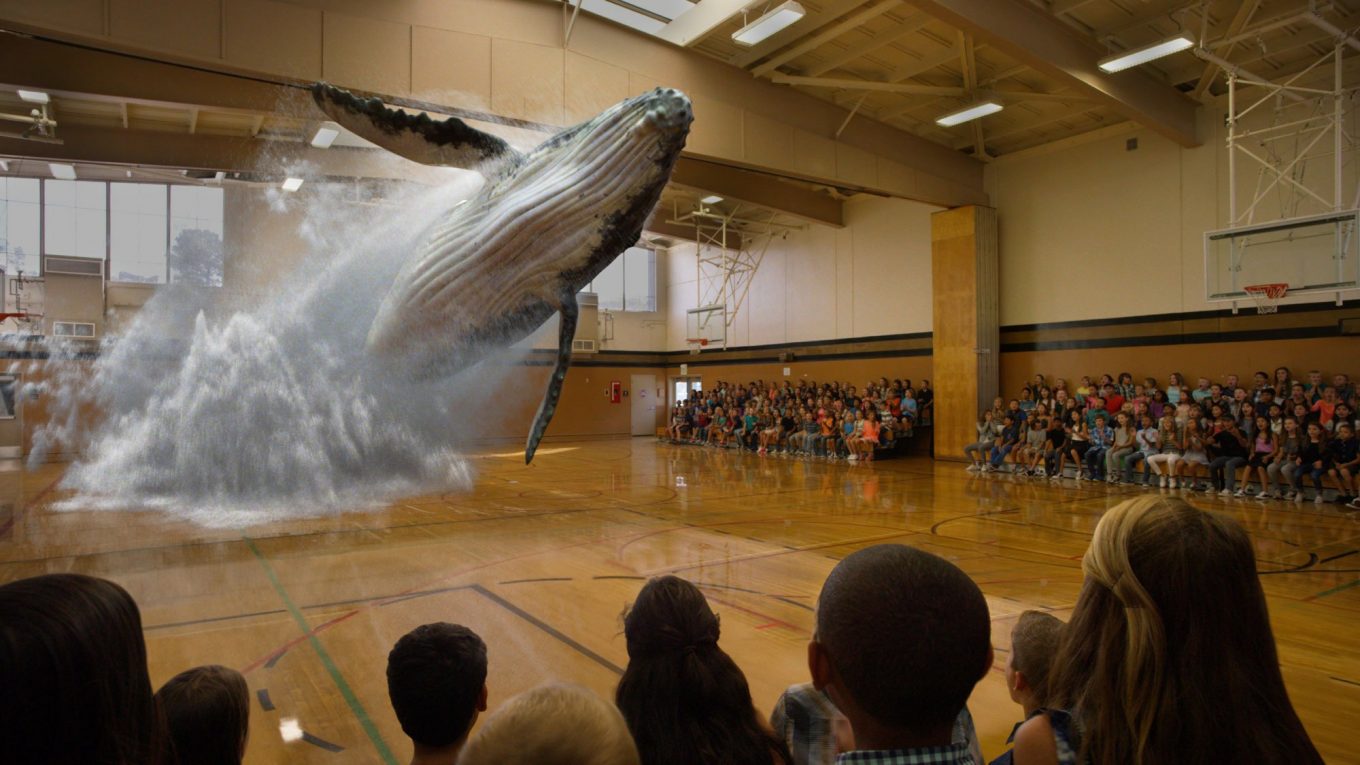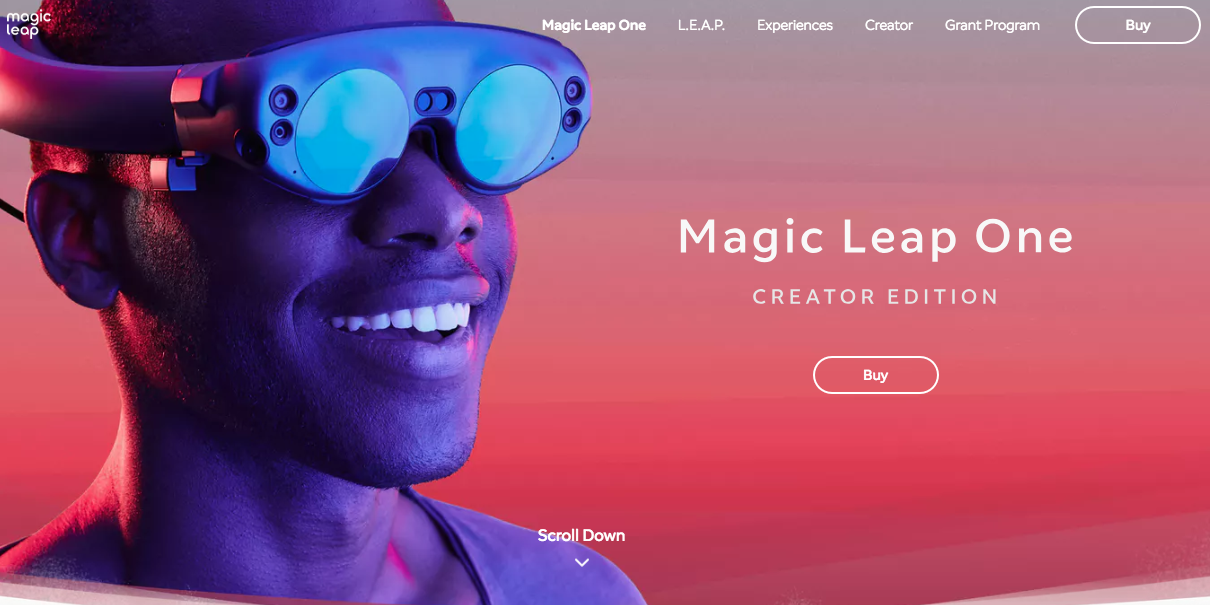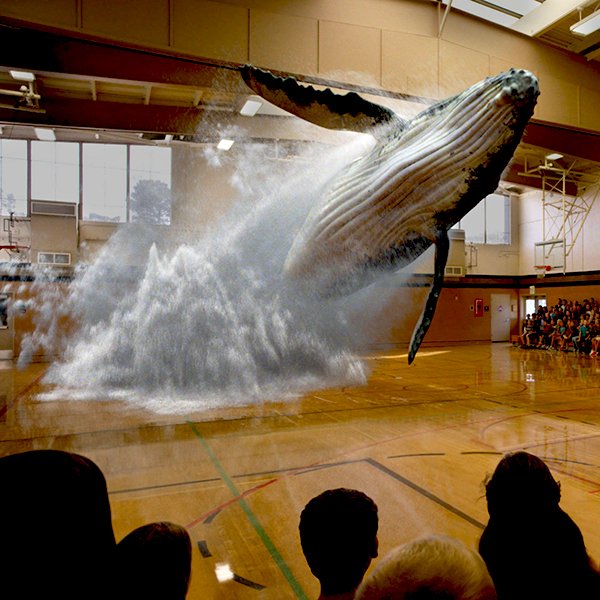
This is part 5 of a Guide in 6 parts about Artificial Intelligence. The guide covers some of its basic concepts, history and present applications, possible developments in the future, and also its challenges as opportunities.
By Maria Fonseca and Paula Newton
How Entertainment is Being Impacted by Artificial Intelligence
Reviewing some case studies helps to bring artificial intelligence to life, and to understand how it is used. Here we will review the field of entertainment, where the company Magic Leap has made great strides with the use of artificial intelligence. Magic Leap is a start up company located in the USA. It was established in 2010 by Rony Abovitz and it has secured significant investment ($1.4 billion to date) from entities such as Google, and the Alibaba Group. It already has an estimated worth of $4.5 billion, even though the first product only recently launched.
AI and The Wonders of Magic Leap
Magic Leap is developing a headset, specifically a head-mounted virtual retinal display. The product is called Magic Leap One. This layers 3D imagery over what is going on in the real world, and it achieves this through the use of digital light fields. The technology is a closely guarded secret. The first product was launched in 2018 in the USA and it is currently being sold in AT&T owned stores there, with the CEO of that company also joining the board of Magic Leap.

The Magic Leap One headset can be affixed to the user’s head and there are no straps (two sizes are available to accommodate different head sizes). It feels lightweight, but is also bulky, and wearing it has been likened to walking around wearing a pair of swimming googles. Some have raised concerns that they would not want to walk around in the headset, and that it seems like Google Glass, but actually they are not designed for walking around in anyway – you could, but that’s not really the point. That’s not to say that users cannot walk around in them – they can. Those that want to purchase a headset will find that it sets them back $2,295. For this, the user gets the headset, a hand held controller, a Lightpack computing pack, a Fit Kit (face and nose attachments, a guide to get started, and the chargers. Magic Leap states that users should benefit from battery life of about three hours from its kit.
The product aims to deliver an augmented reality system. The sensors and cameras within the headset allow the equipment to view the environment surrounding the wearer, which means that the user can interact with the augmented reality that is being put out by the headset. Items are projected into the room and sit alongside actual items that exist there in the real world, such as furniture. Considering this in a practical way, it is possible to think about all of the software a person uses on their computer or phone, such as email or video. With Magic Leap’s product, this can be projected so that it floats ahead of the person. It is possible to project an avatar of a person to have a digital chat with at home. Viewing a demo, it is possible to see the sea floor. This experience entertains in the sense that fish swim through the room and vegetation makes noises when touched. More practical applications include 3D projections of items that you want to buy during online shopping, though this is yet to come. While it is unlikely that you will feel as if the images projected in front of you are really there, the technology is certainly impressive.
The Magic Leap product is by no means perfect and there is room for improvement. It does not work well in environments where there is excessive light, but it does generally work well indoors. In addition, the scene that is presented in front of you through the augmented reality makes it difficult to view objects that are close to hand or very large when bearing in mind the field of view. The company is working on rectifying these issues, though there are challenges around how to deal with the field of vision of the human eye. Nonetheless, the technology is still amazing. In the future, Magic Leap wants to extend the ability to entertain via its equipment and augmented reality. This would allow people to use its augmented reality both alone and together. One example of a use of this could be projecting a 3D solar system into the room, with people interacting with it.
Magic Leap and Mixed Reality
Magic Leap has also taken advantage to the expanded field of deep learning neural networks. Mixed reality has to do the merging of real and virtual worlds, to produce new environments and visualizations where physical and digital objects co-exist and interact in real time. Mixed reality takes place not only in the physical world or the virtual world but is a mix of reality and virtual reality. This year, Magic Leap launched Mica, which promises to revolutionise the world of entertainment.
Mica was launched at LEAPcon, last October 2018. It is a virtual girl, very human-like, that doesn’t talk but interacts with you through body language. She smiles, averts her gaze, stares at you, and yawns. Mica looks – and acts – like a human being. In order to see Mica, you need to use a headset. Adario Strange tells us an interest Mica operates:
That would have been enough to mildly impress me, but what came next was the kicker. She then pointed to a real wooden picture frame on the table, gesturing for me to hang it on a pin on the wall next to us. I did as asked, and… it was the eureka moment. This was a virtual human sitting at a real world table and she just got me to change something in the real world based on her direction.
Part 6 Will Be Published Tomorrow
Guide to How Artificial Intelligence Can Change The World Part 1
Guide to How Artificial Intelligence Can Change The World Part 2
Guide to How Artificial Intelligence Can Change The World Part 3

Paula Newton is a business writer, editor and management consultant with extensive experience writing and consulting for both start-ups and long established companies. She has ten years management and leadership experience gained at BSkyB in London and Viva Travel Guides in Quito, Ecuador, giving her a depth of insight into innovation in international business. With an MBA from the University of Hull and many years of experience running her own business consultancy, Paula’s background allows her to connect with a diverse range of clients, including cutting edge technology and web-based start-ups but also multinationals in need of assistance. Paula has played a defining role in shaping organizational strategy for a wide range of different organizations, including for-profit, NGOs and charities. Paula has also served on the Board of Directors for the South American Explorers Club in Quito, Ecuador.












